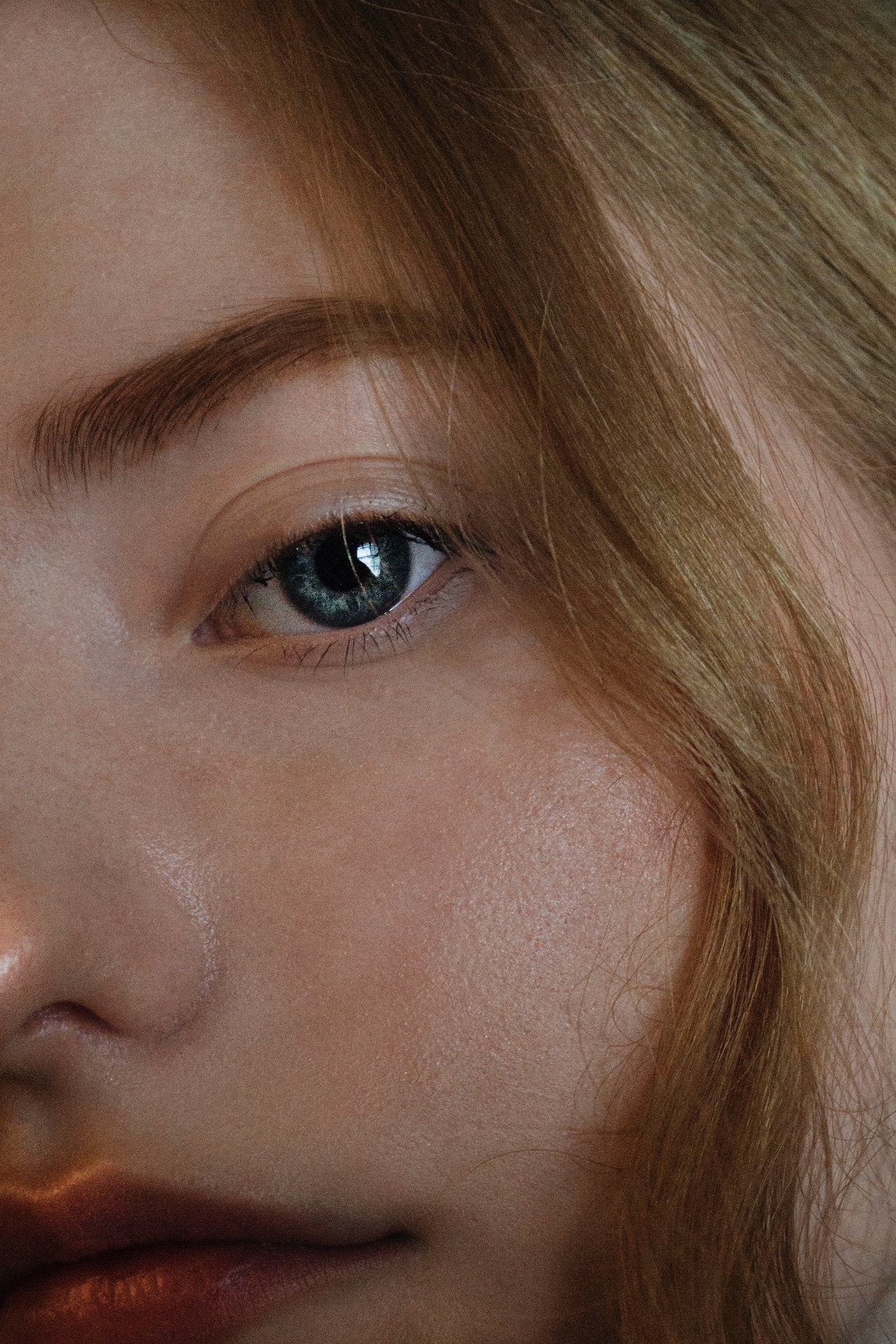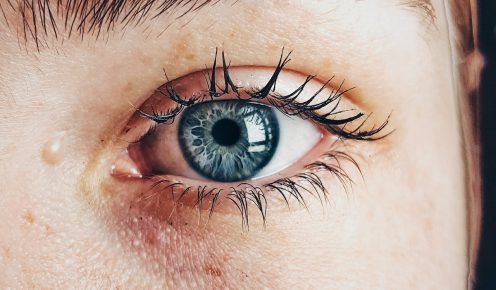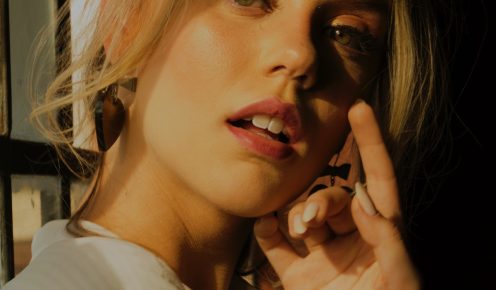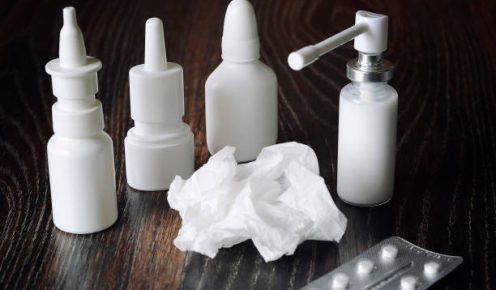Eye care is an important topic, not only because it can help prevent eye disease and injury, but also because it can improve your overall appearance. In this article, we will explore the different parts of the eye and what they provide for protection and support. From the cornea to the lens, read on to learn more about the parts of your eyes and how you can protect them from injury and disease.
The Eye’s Outer Layer: The Epithelium
The eye’s outer layer is the epithelium. This thin, tough layer of cells covers all the surfaces of the eye except for its surface lens. The epithelium provides a physical barrier against external irritants and scratches, as well as a moisture barrier that prevents water and other substances from entering the eye.
The eye is a delicate and highly specialized organ. Its main function is to transmit light from the outside world into the eye itself. The exterior of the eye, or the lens, helps focus images onto the retina, which converts these images into electrical signals that are sent to the brain.
The eye’s tough outer layer, called the epithelium, provides essential protection and support for this delicate structure. The epithelium consists of a network of cells that tightly adhere to one another. This tight attachment allows the epithelium to resist tears and other injuries. In addition, the epithelium contains cells that secrete mucus and Tears. Mucus helps protect against infection and other moisture loss while Tears help remove debris and impurities from inside the eye.
Read More : How rare are Sanpaku Eyes
The Inner Layer: The Macula
The macula is the center of vision in humans and other primates. It is a small area at the back of the eye, just above the retina. The macula provides central vision and is responsible for sharpness, color discrimination, and depth perception.
The macula contains the largest concentration of cone cells in the eye. These cells are sensitive to light and help us see colors and details. The inner layer of the macula also has a network of blood vessels that provide nourishment to this delicate tissue.
Damage to or loss of function in the macula can lead to decreased vision or even blindness. If you have any questions about your vision or if you notice any changes, please contact your doctor.

The Blood Vessels and Retina
The retina is a thin layer of tissue that lines the back of the eye and provides protection to the inside of the eyeball. The retina contains millions of small blood vessels, which are vital in providing oxygen and nutrients to the eye.
Injuries to the retina can lead to serious vision problems, including blindness. Injuries can also happen as a result of accidents or diseases such as diabetes, age-related macular degeneration (AMD), or retinitis pimentos. Early diagnosis and treatment is crucial for successful outcomes.
If you experience any symptoms that suggest you may have an injury to your retina, please seek medical attention as soon as possible.
Also Check it : Celebrities with Sanpaku Eyes
The Eye’s Protective Barrier
The eye’s protective barrier is made up of different layers that work together to keep harmful particles and fluids from entering the eye. The outermost layer is the surface of the eye. This layer is a hard, horny substance that protects the cornea and pupil from damage.
Next is the epithelium. This layer covers the front surface of the cornea and helps to protect it from irritation and infection. The epithelium also contains cells that secrete mucous to moisten and clean the area around the eye.
Underneath the epithelium is a thin layer of fibrous connective tissue called sclera. The sclera provides a smooth surface on which to see, protects underlying tissues, and supports the eyeball.
The next layer is called stroma. This layer contains blood vessels, lymph nodes, and other tissues necessary for healthy function of the eye. The stroma provides physical support as well as cushions between structures in order to minimize friction and impact due to movement or pressure within the eye socket.
The final layer is called lamina propria (or conjunctiva). This thin sheet of skin covers most of the inside of your eyes and serves as a protective barrier against environmental pollutants, bacteria, and other unwanted particles. It helps absorb moisture from your tears so that it can be evaporated away from your eyes
Also Read : What Causes Sanpaku Eyes
The Cornea
The cornea is the transparent front surface of the eye. It provides protection and support for the other parts of the eye. The cornea is made up of many thin layers of tissues that are tightly attached to each other. These layers help to prevent dirt, tears, and other substances from entering the eye. The cornea also helps to regulate the amount of light that enters the eye.
The cornea is lubricated by a clear fluid called the aqueous humor. This fluid flows through the eye and helps to keep the cornea moist and healthy. The aqueous humor also helps to reduce the risk of infection in the eye.













